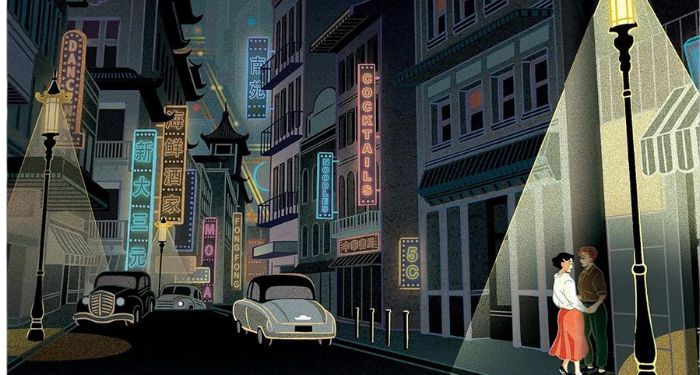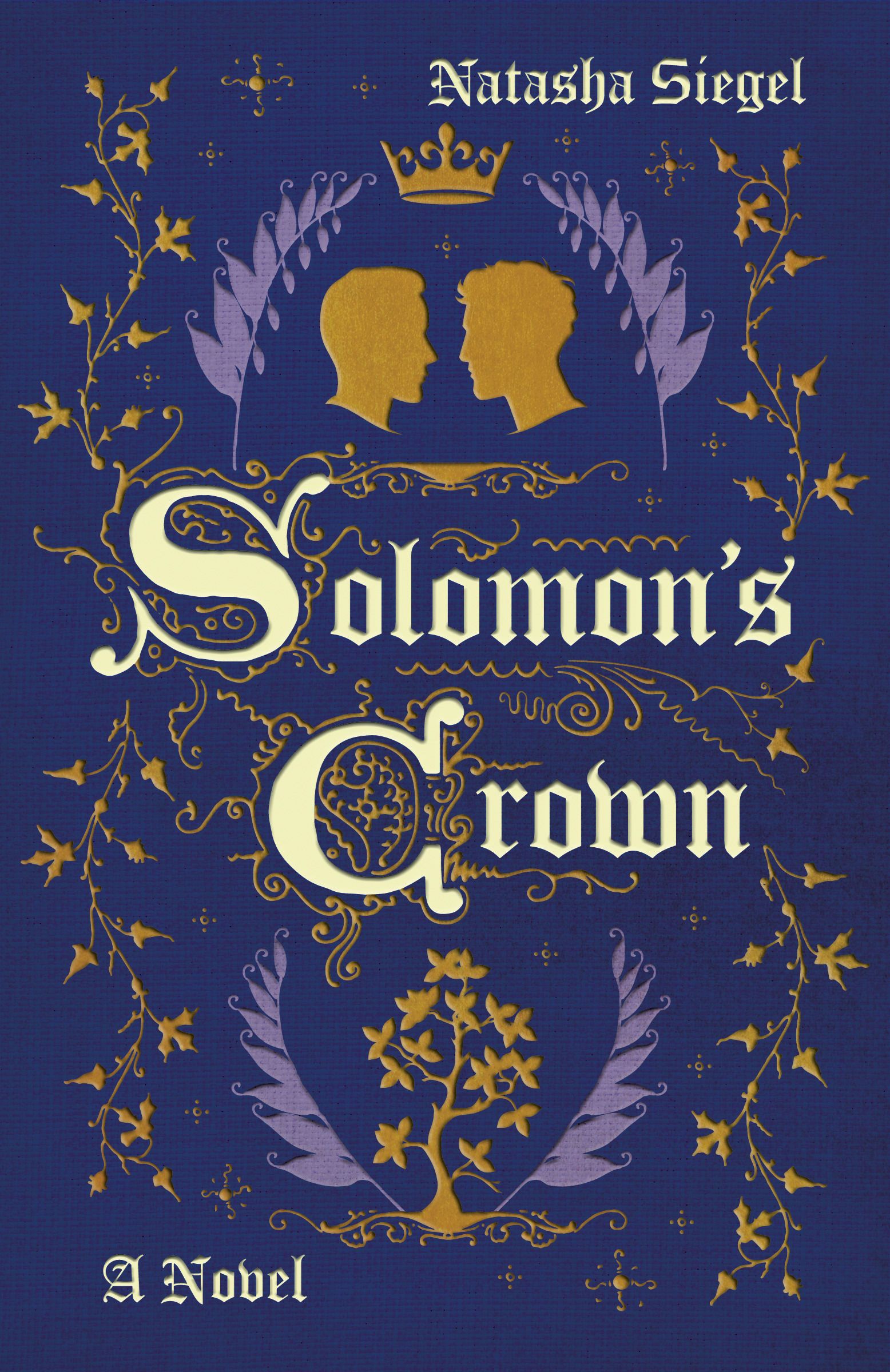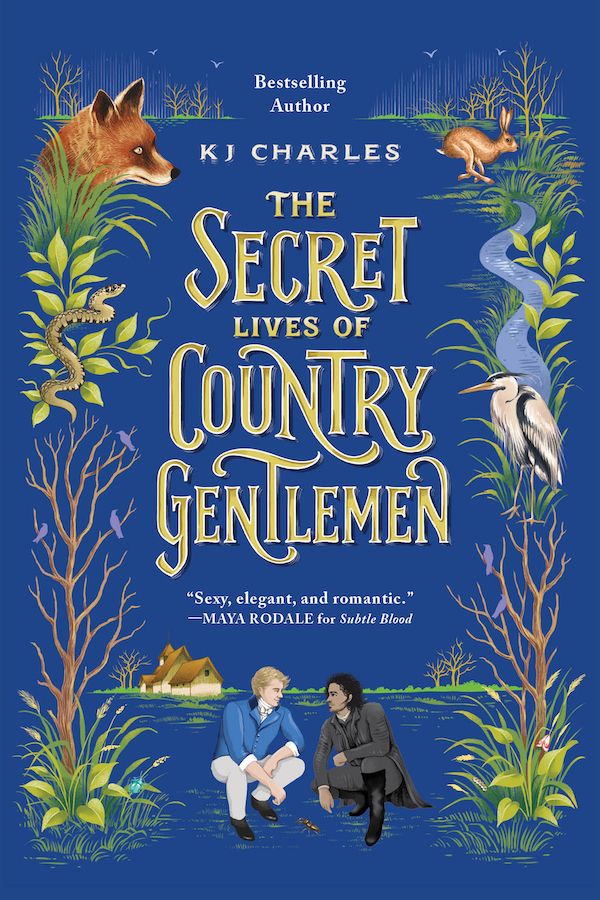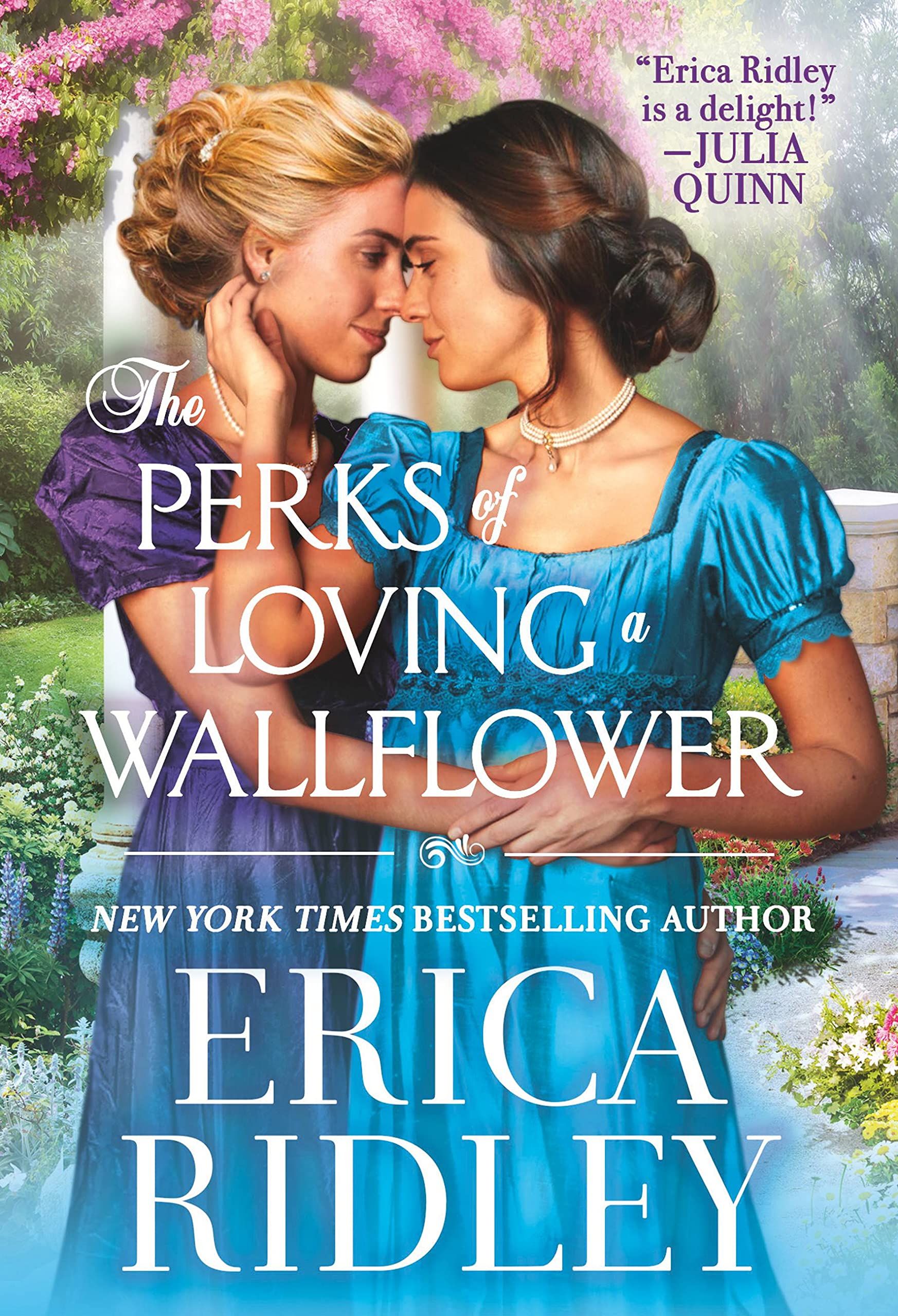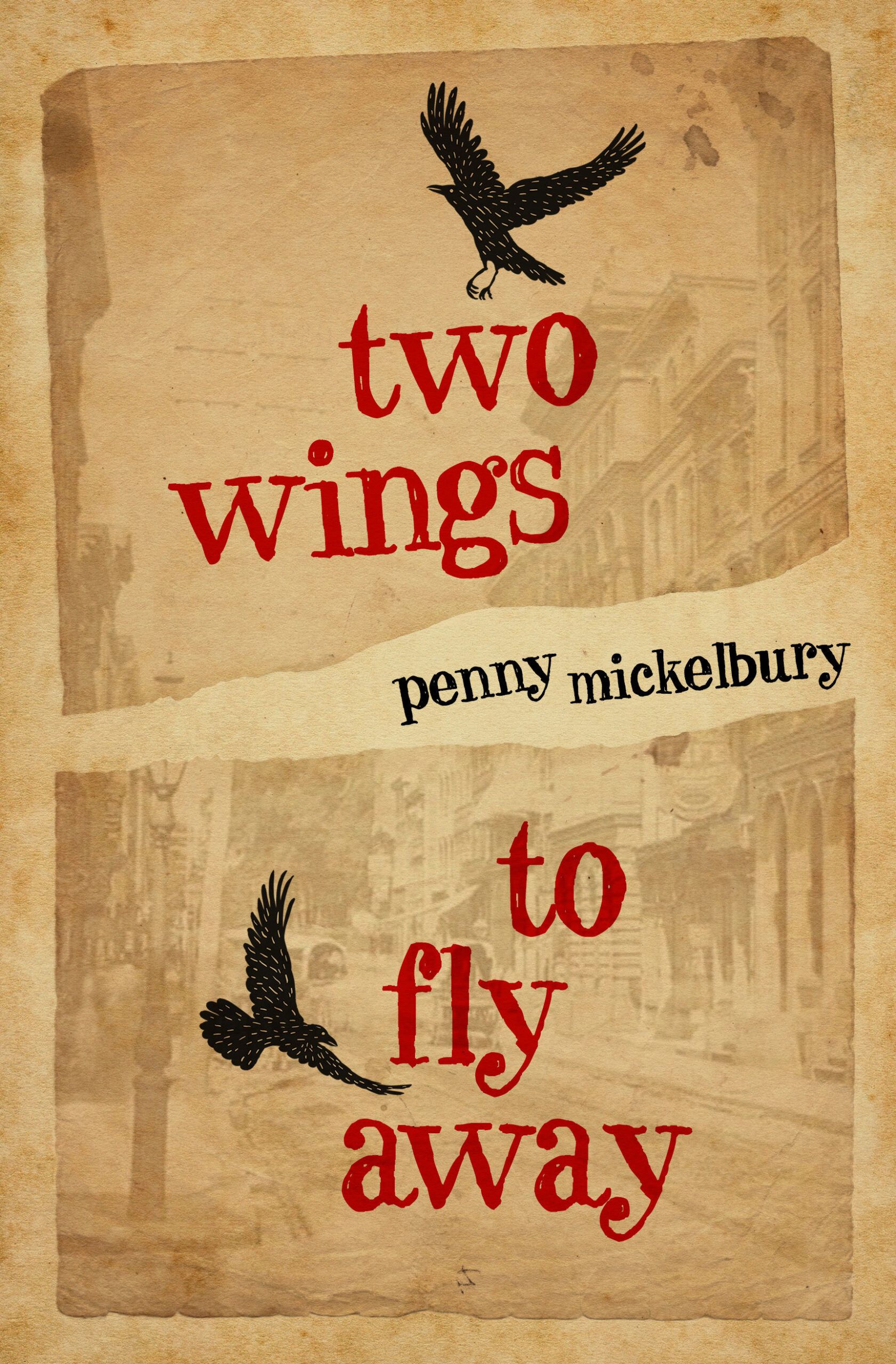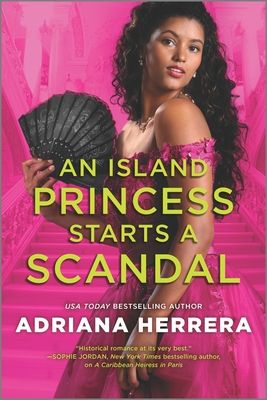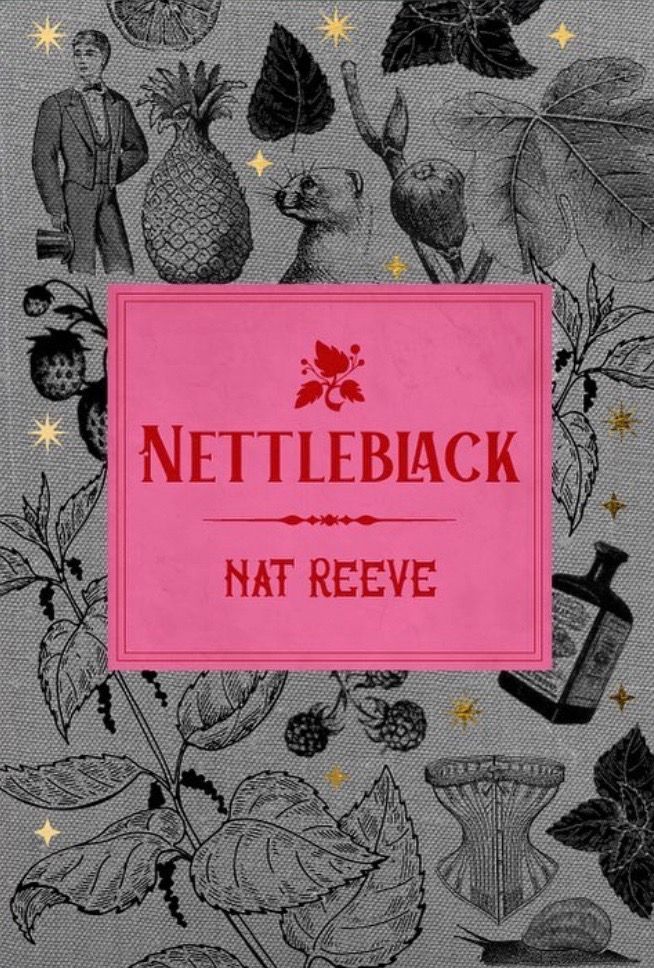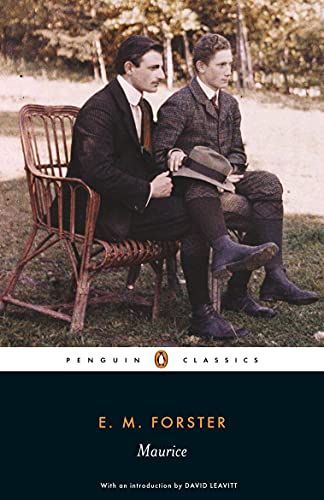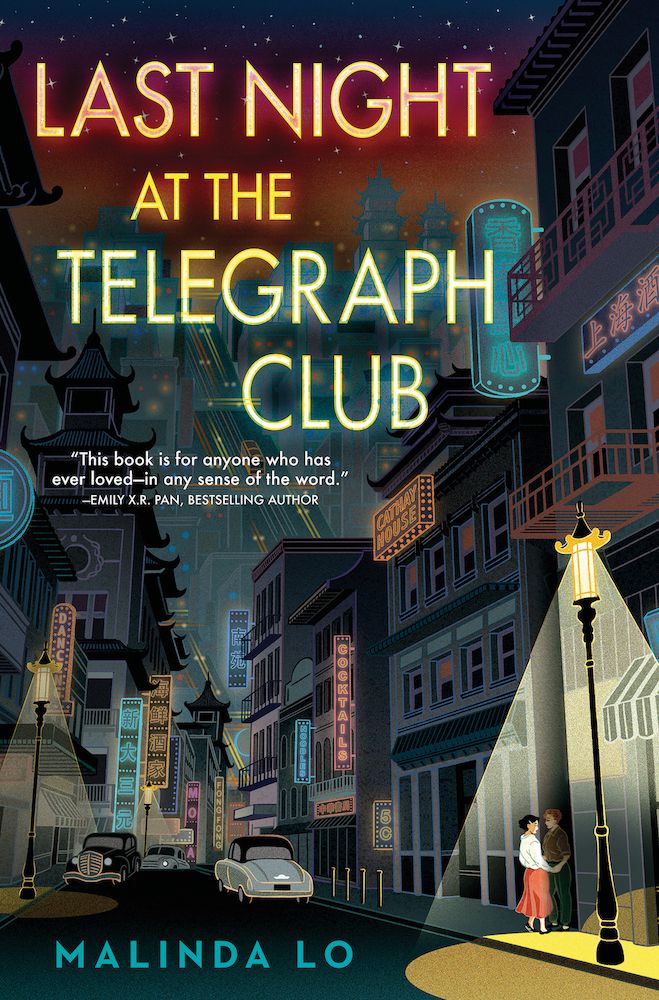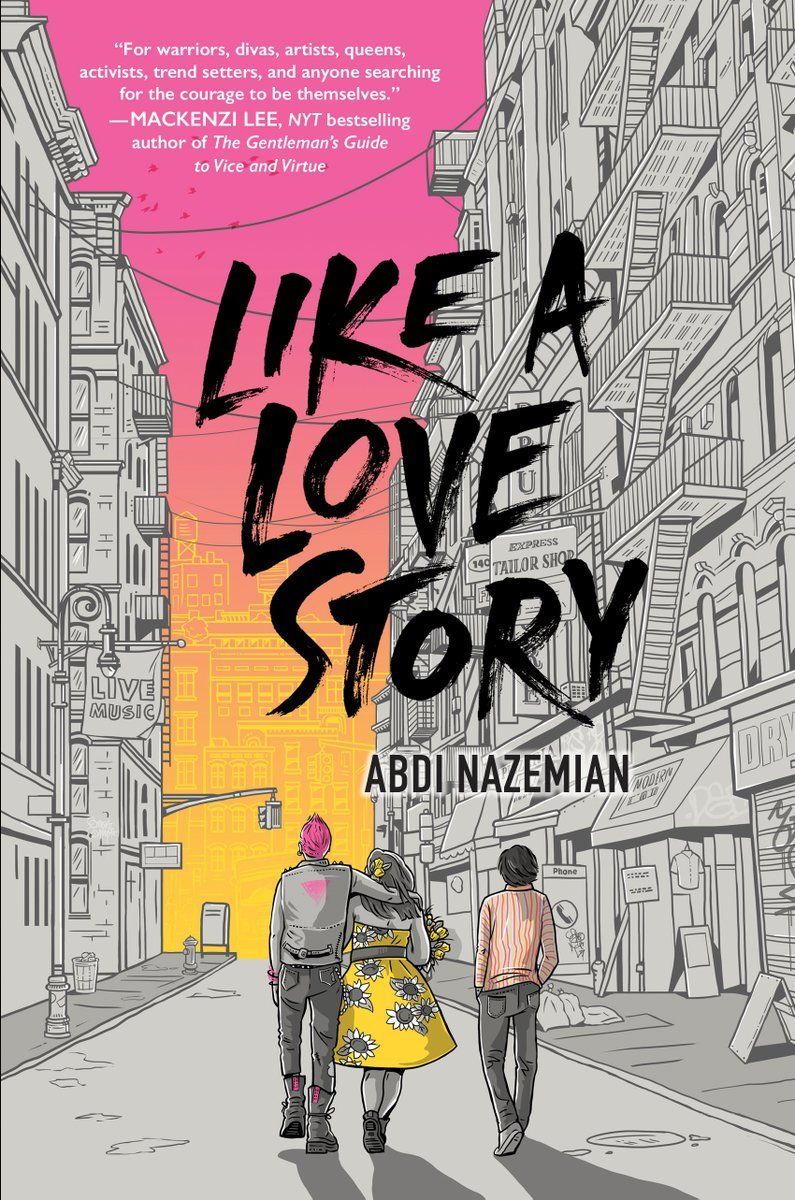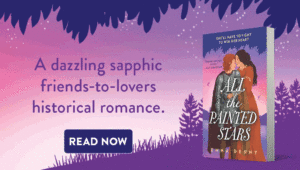

When considering why I love historical queer romance, I had to think for a while about why it resonated with me so much. Contemporary queer novels are important because we live in a time of increasing censorship and marginalization of queer voices, especially targeted to writers who are not white and cisgender. Modern novels with queer joy are a paean against these knowingly destructive forces, and I love them for it. My attachment to queer historical romance is more nebulous, as some of the people in these stories are ones I’ll never meet and whose experiences are vastly different from mine. However, immersive queer historical romances offer a vital argument that queer people have always existed.
Though historians long dismissed the idea of queer people in history or even queer themes in books, they were there. I think about the burned or doctored letters of Emily Dickinson to hide her sexual identity, or the public excoriation of Oscar Wilde during his libel trials. Despite these major silencing tactics, queer people persisted. Imagining queer people into history through fiction is not only historically accurate, it’s necessary to correct doctored records of history. It’s also a radical act of hope: if we can imagine a queer past, we can imagine a queer future that is more open and accepting of all people.
The Wonderful World of Queer History
Solomon’s Crown by Natasha Siegel
This historical romance really leans into the history part: it’s a historical reimagining of the rulers King Phillip II of France and King Richard of England. The setting and the characters with the same names as the historical figures is a jumping-off point for an enemies-to-lovers, high-stakes romance between two medieval rulers. Despite their warring countries, Phillip and Richard fall in love through letters full of longing.
The Secret Lives of Country Gentlemen by KJ Charles
The Doomsday clan runs Romney Marsh, and Joss Doomsday is the leader. When his former lover, Gareth Inglis, shows up in the Marsh and gets entangled in the Doomsday clan’s smuggling trade almost immediately, they both have to deal with the fallout. Gareth is cleaning up the mess of his late father’s estate, while Joss is dealing with a power struggle in the Doomsday clan. It turns out their fates are intertwined in more ways than one, so solving the mysteries of Romney Marsh requires them to collaborate.
The Perks of Loving a Wallflower by Erica Ridley
Despite the downturned noses at her choice to remain unmarried, Philippa York defies her mother’s orders and works on reading instead. When a manuscript is stolen, she employs Thomasina “Tommy” Wynchester for help. Tommy further disguises herself as a baron to be able to work with Philippa to recover the manuscript and seem like a marriage prospect. While they’re solving the mystery together, Philippa finds out Tommy’s true identity and something stirs in her that she’s never felt for man.
Two Wings to Fly Away by Penny Mickelbury
This is both a love story and an adventure about people standing up to historically oppressive systems. In Philadelphia in 1856, Abby Read runs a boarding house to keep herself busy and unmarried. Genie Oliver runs a nearby dress shop that is actually a front for the Underground Railroad. When one of Abby’s employees is captured by people who want to force her into enslavement, Abby and Genie end up in the same group fighting for her safe return, and fall for each other along the way.
An Island Princess Starts a Scandal by Adriana Herrera
Like the oft-quoted Audrey Hepburn, Manuela del Carmen Caceres Galvan decides, “Paris is always a good idea,” and goes there for one last summer of freedom in 1889 before getting married to a man she doesn’t love. She’s there to take in all the art of the city, but soon gets caught up in a steamy romance with Cora Kempf Bristol. Initially, they’re tied together for business reasons, but their connection is clearly meant to last longer than one summer.
Nettleblack by Nat Reeve
In 1893, the only options for a young woman are marriage or nothing. Henry Nettleblack escapes this fate but gets captured by the Dallyangle Division. To avoid being found and married off, Henry joins the gang and hides in disguise. Suddenly, the Dallyangle Division is under attack, and Henry is falling for her fellow gang member, Septimus. It’s also an epistolary novel, which works well with the Victorian setting.
Post-1900 Queer Historical Fiction
Maurice by E. M. Forster
Published in 1971 the year after his death, Forster originally wrote this novel in 1913 and knew it would not be safe to publish it during his lifetime. We follow Maurice through his young life and see how uncomfortable he finds the idea of heterosexual marriage. In university, he discovers ideas of love between men in Ancient Greek literature. When Maurice finally meets someone with whom he can be intimate, it’s so earned and exciting because he’s been looking for that sort of connection for so long. Maurice and Alec have a beautiful romance.
Last Night at the Telegraph Club by Malinda Lo
In the 1950s at the height of the Red Scare, it is not advisable to fall in love in a lesbian bar. Lily and Kath meet at the Telegraph Club and can’t give each other up, despite the danger facing Lily’s Chinese American family as well. Despite the misogyny and racism, and despite the outright terror that reigned upon queer people at the time, love fuels Lily and Kath to find a way to be together in this YA novel.
You Should Be So Lucky by Cat Sebastian
Baseball is not Mark Bailey’s chosen writing subject, but he’s forced to go where the newspaper sends him. The shortstop he’s covering, Eddie O’Leary, is having a deeply unpleasant first season with his new team. Though Mark and Eddie initially butt heads, they have the deep, important fact of their sexuality in common. They get inevitably closer while stuck together, but Mark’s grief over being his last partner’s secret (before his partner died) means he doesn’t want to be Eddie’s hidden lover.
Like a Love Story by Abdi Nazemian
Though recent history, stories about gay men in the 1980s are crucial for the queer record. Reza is a young Iranian teenager who only sees images of gay men dying, causing him to feel awful about his sexuality. He starts dating Judy, who’s a burgeoning fashion designer active in ACT UP. Judy’s friend, Art, is a hardcore rebel demanding that the world acknowledge his sexuality. As Reza falls for Art, he has to both accept who he is and figure out how to not hurt Judy.
You can find even more queer historical romance consistently on Book Riot. If you’re history-ed out after a while, you can peruse the best LGBTQ+ books of 2023 as well.

